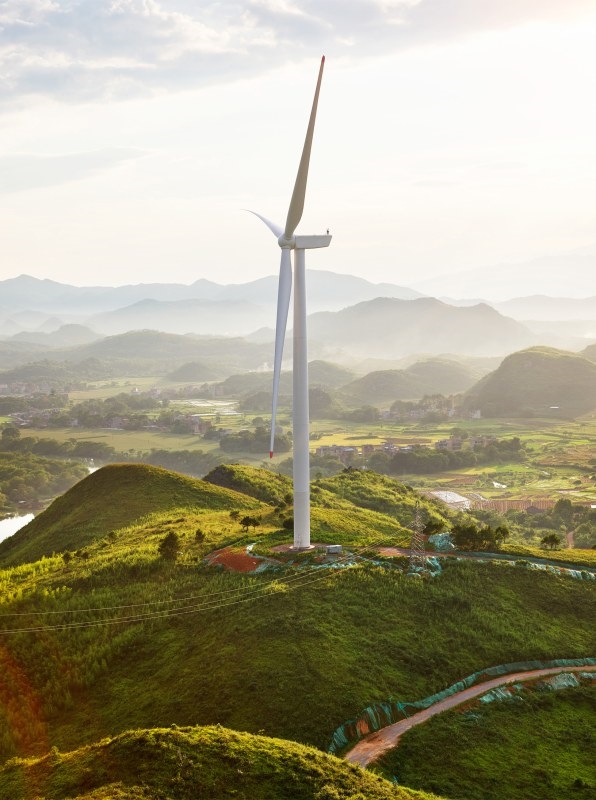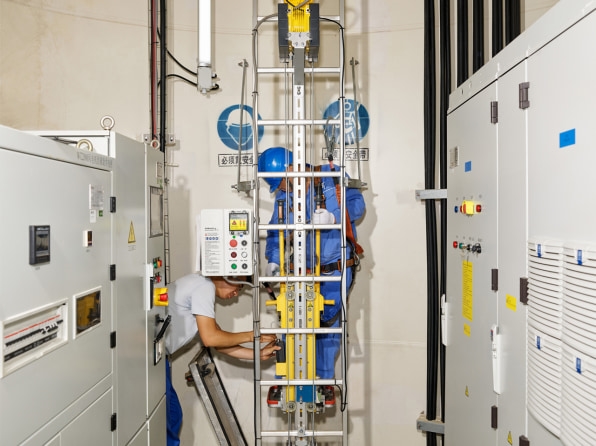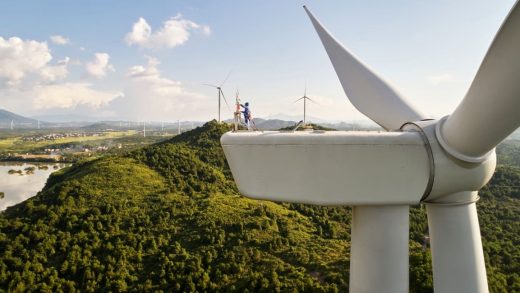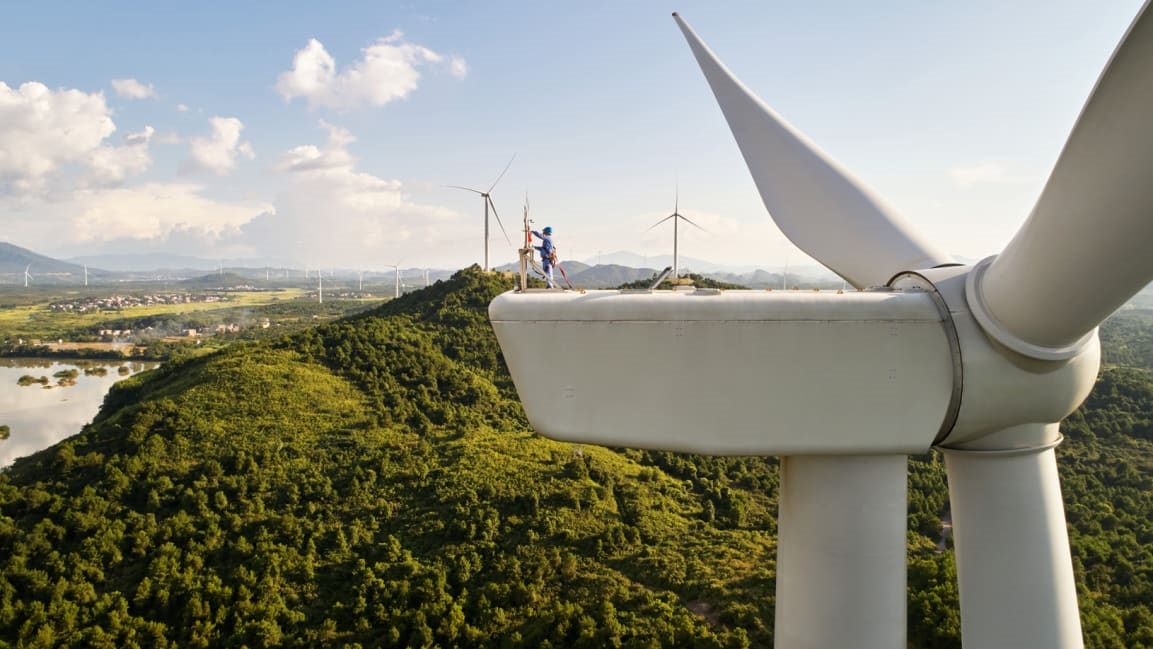How Apple is helping its suppliers move to 100% renewable power
Every Apple store, data center, and office now runs on renewable energy, a milestone that the company reached last year. But the tech giant is also working on the much larger goal of helping all of its suppliers make the same transition.
“If you look at our corporate carbon footprint, over 70% is in the supply chain,” says Lisa Jackson, Apple’s vice president of environmental, social, and policy initiatives, who previously served as head of the Obama-era EPA. “And, of course, those aren’t facilities that we own or operate. But we wanted them to have this access to the same high-quality clean energy that we did.”

This week, the company announced that three new wind farms are now operating in China, the first investments in a project that Apple launched last year called the China Clean Energy Fund. Apple, along with 10 suppliers in China, will invest almost $300 million in the fund over the next few years to build new renewable energy plants that will eventually supply one gigawatt of renewable energy. The fund, which is managed by a third party, is designed to make it possible for smaller companies to have more purchasing power and better access to renewable projects.
“One of the things about a supply chain like ours is that it’s not a static thing,” Jackson says. “So we needed to be able to work with suppliers on kind of short notice to put money into a fund and almost pool their buying power. If we had a number of suppliers in one region, we could use that fund, which we invested in as well, and say, okay, let’s put clean energy on the grid for all of you.”
The company first launched a global program to help suppliers transition to clean energy in 2015, offering tools and resources about how to structure agreements with energy providers in different markets and support from Apple’s team to navigate regulatory requirements. “We created a web portal, which sounds like a little thing, but there just aren’t that many places where small or medium-size businesses can go and get the information from a trusted source to show them (in addition to their main business, which might be making components for Apple and others), how to do clean energy and do it the right way and ensure that they get quality clean energy that’s going to be put on the grid, so it actually makes a difference.” Like many other companies that have moved to renewable energy, Apple invests in building new projects—like sprawling solar plants in Nevada or a series of solar installation on hundreds of rooftops in Singapore—rather than buying renewable energy credits from existing wind or solar farms, because only new projects can accomplish the goal of new emissions reductions. (The projects may not directly connect to Apple’s buildings, because a solar farm sends electrons into the bigger grid, but it’s possible to buy an equal amount of renewable electricity as any particular location uses.)

The new fund in China is the next step and the first time that the company financially partnered with suppliers to help them bring new renewable energy online. Even as renewable energy becomes much more common in China, Apple says that its suppliers may not have made the transition without the extra push. “I think some of the larger suppliers were looking at it, but in China, although the government policies have been supportive of clean energy, I think there haven’t been a great a number of firms—and certainly not ones we work with on the manufacturing side— who were willing to take that chance,” Jackson says. Apple also works to help suppliers understand the financial benefit of making the switch, along with taking steps to make factories more efficient so energy usage also shrinks. “They see a pretty big payoff and a pretty big benefit,” she says. The company now wants to replicate the model in other markets where it has suppliers.
Right now, because renewable energy has fallen in cost dramatically, the switch makes financial sense in most locations. “There’s two things about this work,” she says. “We don’t want it to be done where it’s a loss, or where it feels like it’s something you do as charity, because that’s not sustainable. And we know that the opportunities in clean energy right now are such that clean energy is cheaper in many, many places than traditional grid power.” As the company helps suppliers make the shift, it’s hoping that it leads to broader changes across manufacturing. Forty-four of its suppliers, in 16 countries, have now decided to power their Apple operations with renewables, more than double the number who had made that choice a year ago; some of those suppliers have decided to switch to renewable energy for all of their work, including products made for other brands. “We feel like we hopefully are part of making a whole generation of people in the manufacturing space see clean energy as something that’s very much attainable and doable,” Jackson says.
“We don’t have to resign ourselves to a climate catastrophe,” she said in a talk at the World Economic Forum earlier this week. “That’s true if, and only if, we act now. It’s true if every one of us commits to doing the absolute most we can in our own spheres and then joins forces to advocate for smart, strong public policy at every level. It’s taken a long time for us to get here, but I believe humanity is at an inflection point. I know that we are all inspired by Greta Thunberg—by the clarity and moral force she brings to this issue. We have a profound moral obligation—to Greta’s generation and to all the generations that follow—to address this problem head-on. Not in a few years. Not when it’s convenient. But right now, before it’s too late.”
(16)



